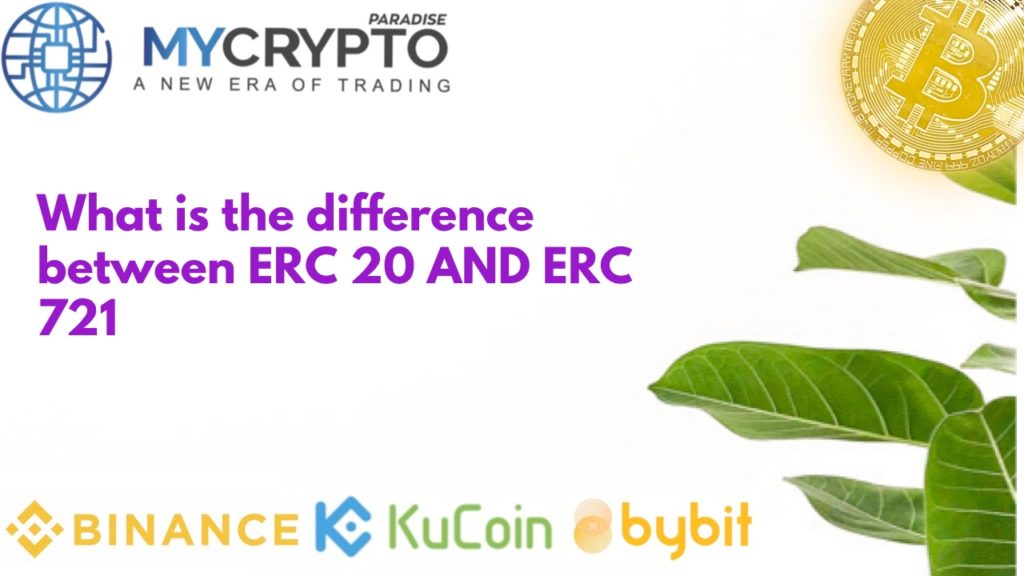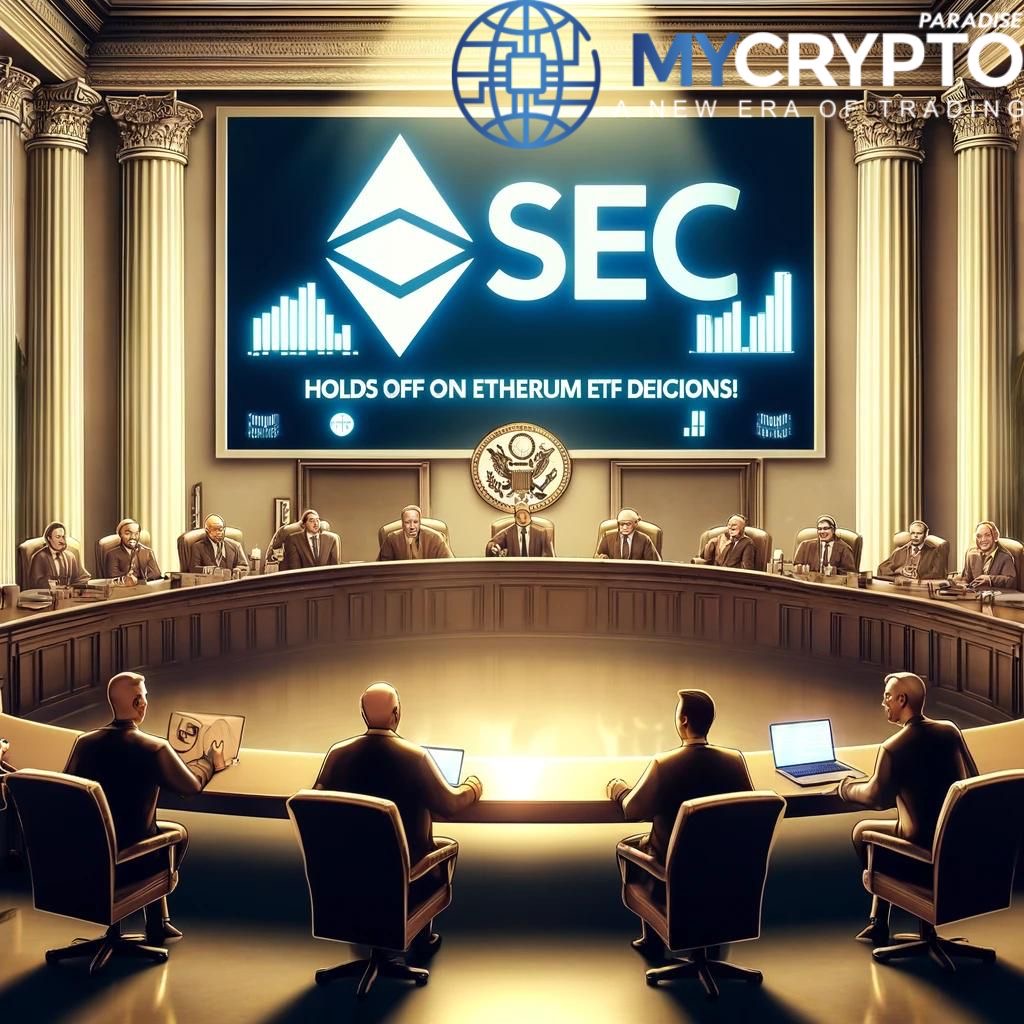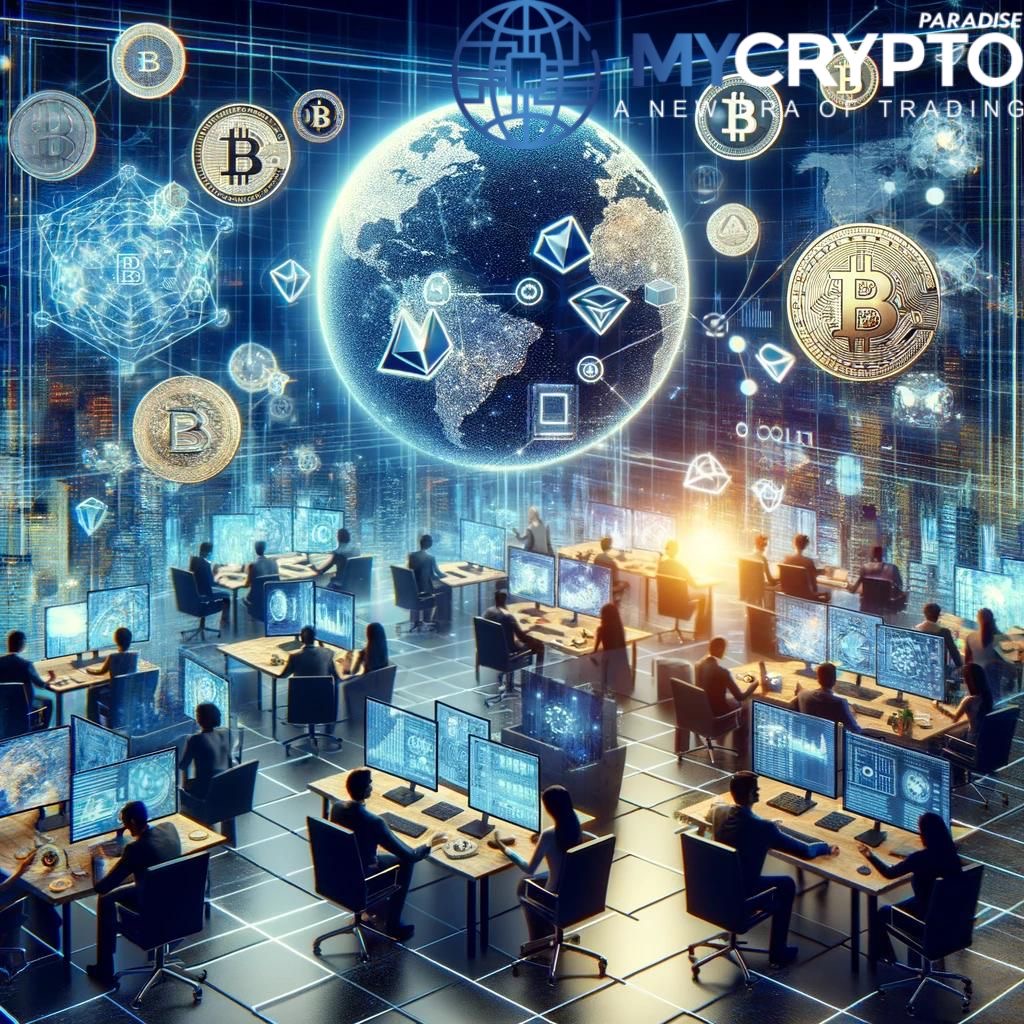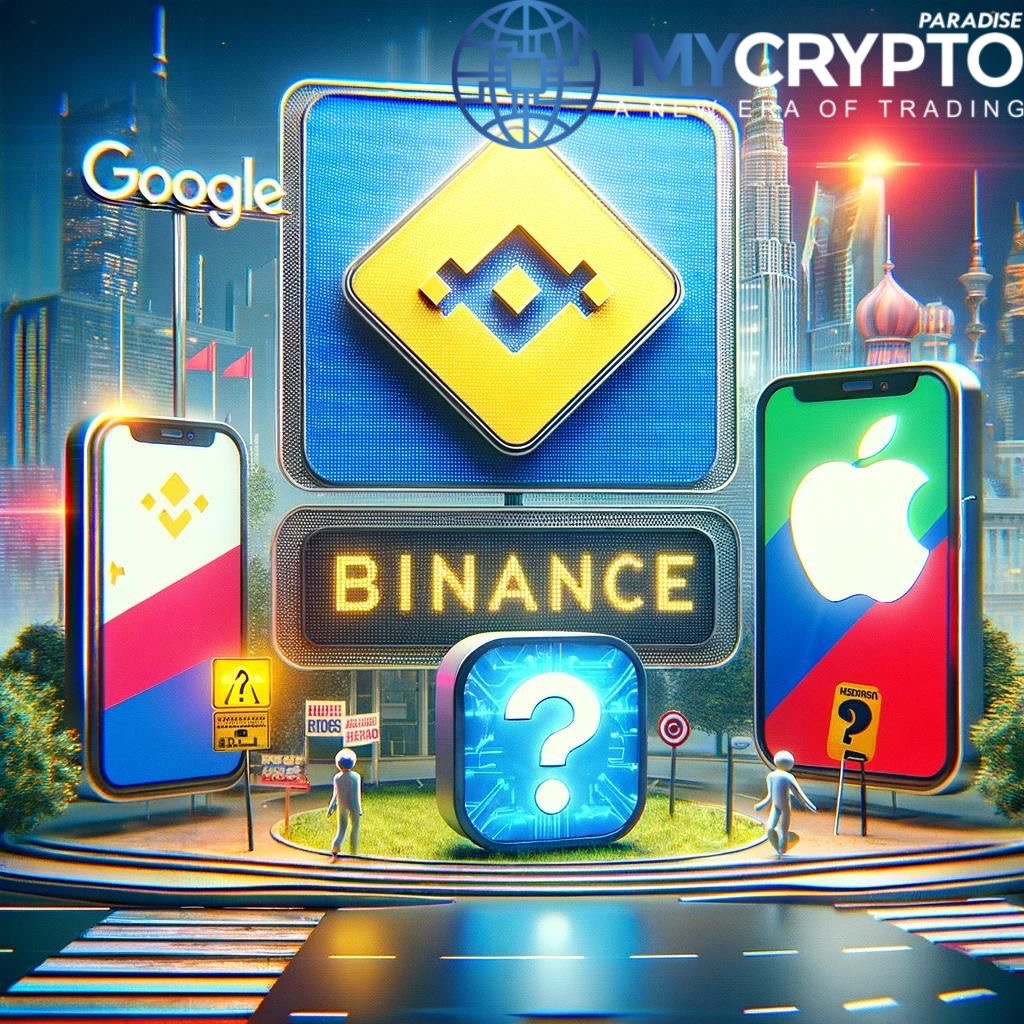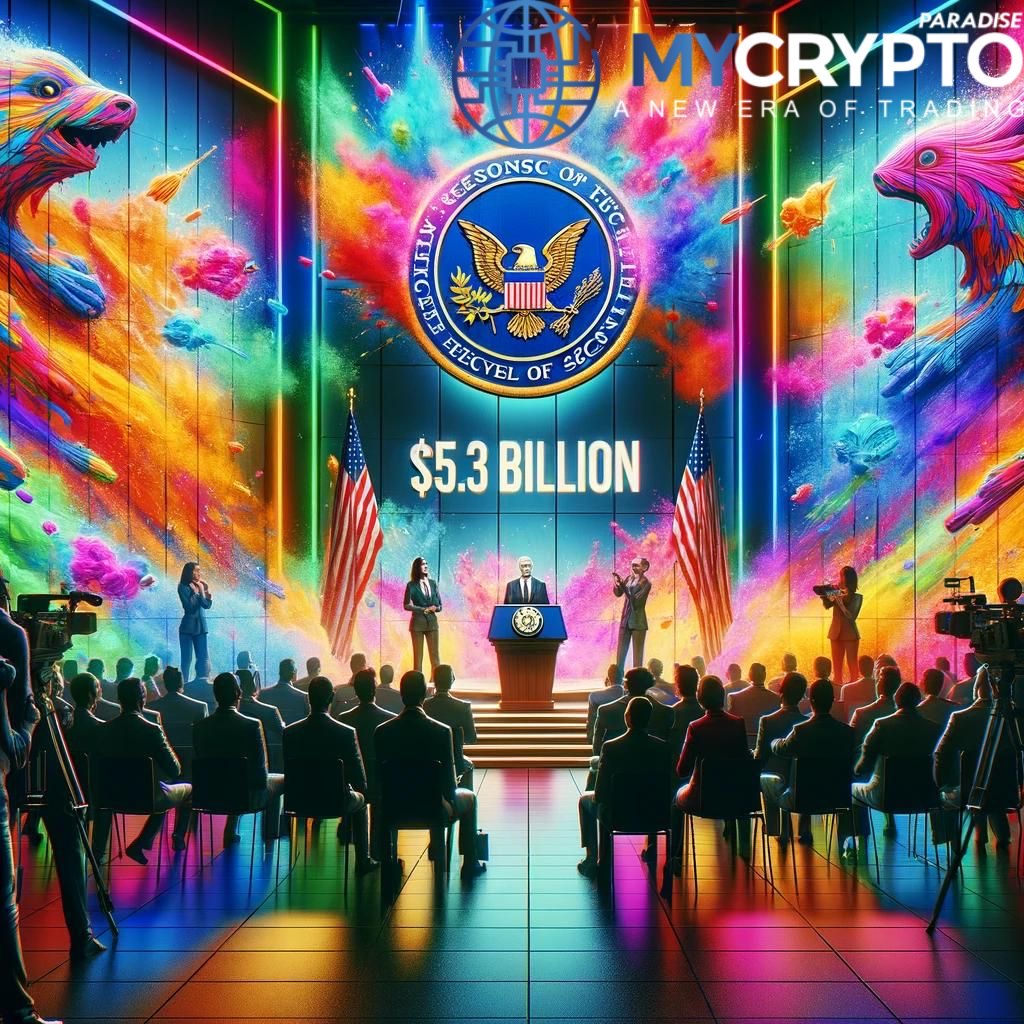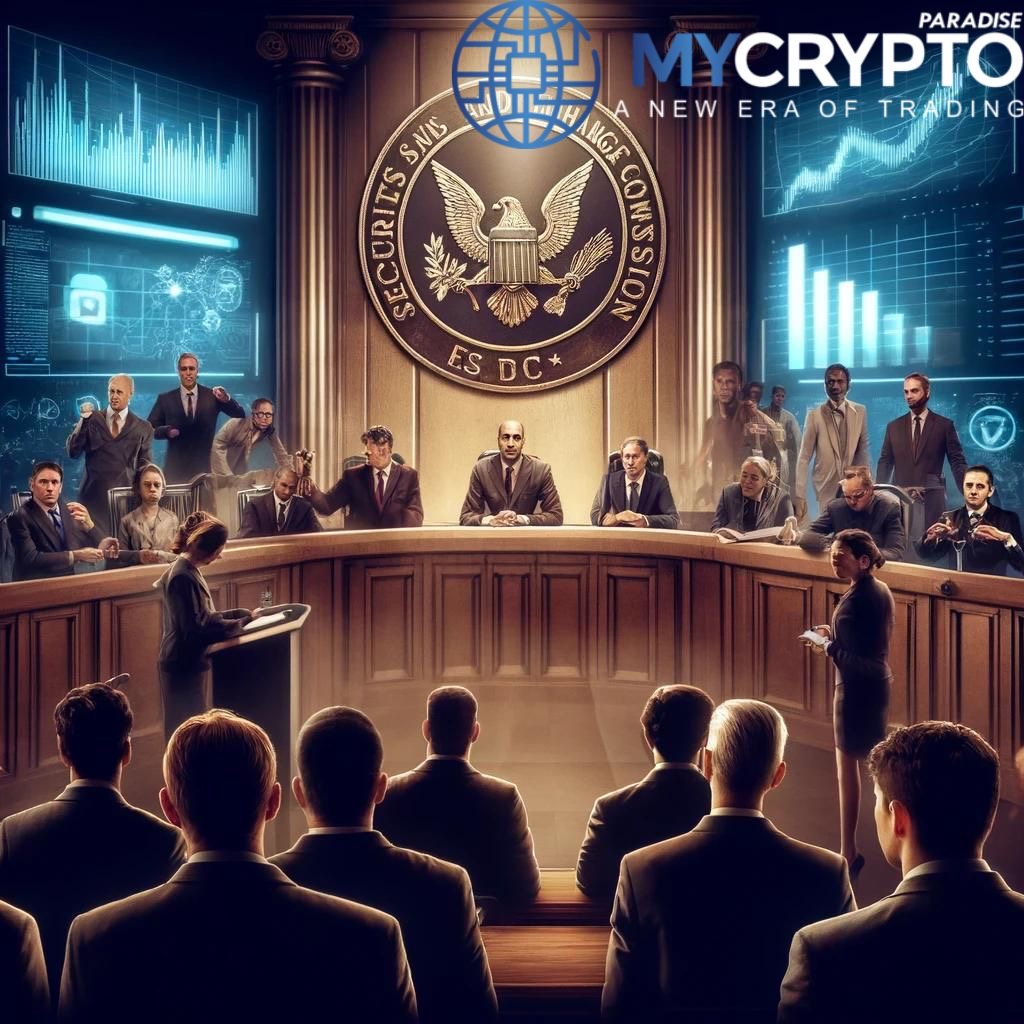Introduction
The arrival of the Ethereum protocol in 2015 introduced new possibilities for decentralization. It is the second-largest cryptocurrency by market cap and the first choice platform for developing decentralized applications. Shortly after the introduction of the Ethereum blockchain, the Ethereum tokens started gaining popularity in 2016. The tokens were seen as suitable instruments for representing ownership and utility. Subsequently, the tokens showed good uses as representatives for in-game assets, such as in the popular NFT game Cryptokittiies. To understand the differences between the ERC20 and ERC721 tokens, you must understand what an ERC means, but before that, be aware that our Paradise Team is a group of experts with more than 6 years of experience in trading cryptocurrency, after developing a deep understanding of trading crypto, the Paradise Team is now helping others by providing information and education that will change their lives through crypto trading.
Join our ParadiseFamilyVIP membership today on Binance (spot and futures), Bybit, Kucoin, OKX, and Bitmex using PRO20% for your special20% discount; you’ll have a personal trading expert to assist you in all your trades with little or no effort required from you to win trades.
Hurry now as the promo expires soon and click here for reviews from our clients.
ERC
ERC stands for Ethereum Request for Comments. ERC is a public and distributed system that allows any individual to create and provide comments on proposals for the standardization of Ethereum tokens. ERC features a standard set of rules for creating tokens on Ethereum. The rules specified with each token standard aid exchanges, wallets, and applications in understanding the basic monetary functions. These rules in the ERC tokens outline the purchases, sales, unit limits, and existence of tokens.
An essential feature of the ERC tokens is fungibility and non-fungibility. Fungible assets are assets you can swap with another similar identity. For instance, you can swap a one-dollar bill for another one-dollar bill as long as they both represent the same value. On the contrary, non-fungible assets cannot be swapped for one another. This is because every non-fungible asset has unique properties that differentiate them from one another.
What is ERC20?
In 2015, Fabian Vogelstelle proposed the ERC-20 standard to standardize the tokens within smart contracts on the Ethereum blockchain. This standard was integrated into the blockchain in 2017. ERC20 tokens are similar to Bitcoin and Litecoin in some ways.
- Tokens represent digital assets such as coupons or even real-world items.
- The tokens are fungible; that is, they can be changeable, and they are not unique.
- The tokens can be sold, bought, and traded and have values that can be sent or received.
Popular examples of ERC 20 tokens include Tether USD (USDT), Binance USD (BUSD), and USD Coin (USDC).
What is ERC721?
In 2018, Nastassia Sachs, William Entriken, and Dieter Shirley developed the ERC-721. This system established the Non-Fungible Tokens (NFTs) as we know them today. The token standards help developers in tokenizing the ownership of any arbitrary data. ERC 721 is a guideline or standard that other developers follow. This also means it is compatible with a wide range of information.
- They are non-fungible.
- The main characteristic of ERC-721 tokens is that each one is unique.
- The asset’s uniqueness and scarcity determine the value of an ERC-721 token.
- Because of value disparities, one NFT cannot replace another.
- ERC721 is more of an Ethereum Improvement Proposal (EIP)
Differences Between ERC20 and ERC721
- Fungibility: The ERC 20 tokens are fungible; holders of these tokens can swap them with another token of similar identity or value. For instance, 1 ETH can be swapped with another token with an equal value of 1 ETH. On the contrary, ERC 721 tokens are non-fungible. This means that they cannot be swapped for one another. For instance, a bored ape NFT cannot be swapped for another bored ape because they possess different identities, even if they appear similar.
- Token Identity: There is no specific disparity among the different ERC20 tokens. However, token IDs and metadata distinguish one ERC-721 token from another.
- Divisibility: ERC20 tokens can be divisible into multiple decimals. A person can possess a fraction as low as 1/1000 of an ERC-20 token total value. ERC-721 tokens, on the other hand, adopt an all-or-nothing approach; an ERC-721 token is not divisible. This implies that anyone who owns an ERC-721 token has possession of the entire token.
- Value and Price Fluctuations: The value of an ERC 721 token depends on the rarity and uniqueness of the tokens. Also, each token requires a unique smart contract. ERC-20 tokens are not unique. Hence their value does not fluctuate. Also, all the tokens for an ERC-20 token are controlled by just one smart contract. However,
- Ownership: Holders of an ERC 20 token receive no special ownership function different from one another. Everyone who owns an ERC 20 token has equal privileges to the functions they can call on the tokens. The ERC 721 tokens can enable special ownership privileges.
- Collectability: ERC 20 tokens are not collectible. This means that they are interchangeable and represent only one entity. ERC 721 tokens can be collected like fiat currency. They are not interchangeable and represent a collection of assets.
- Substitution: ERC 20 tokens are easier for substitution, while ERC 721 tokens lack scope for substitution.
Conclusion
The ERC 20 and ERC 721 forms the foundation for the Ethereum ecosystem. They both define the standards for the smart contracts which control the modern blockchain-based decentralized applications. However, tokens built on these standards differ in several ways ranging from fungibility, identity, divisibility, and value fluctuation to ownership and collectability. With the evolving ecosystem and growing demand for NFTs and ERC20 tokens, it is important to have an in-depth understanding of both tokens.
Join our telegram channels where we share free trading signals and market updates that will help you make informed decisions in trading cryptocurrency;
- My Binance Paradise – https://t.me/MCP_binance
- MyCryptoParadise Tweets – https://t.me/MyCryptoParadise_Tweets
